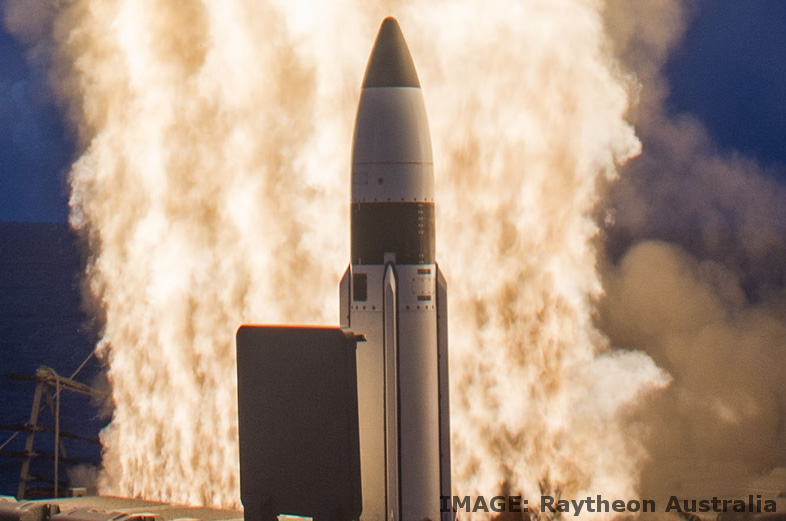Military billions outlined
 The Albanese government has committed $3.8 billion to strengthen the country’s northern defences as part of a new response to the threat posed by China.
The Albanese government has committed $3.8 billion to strengthen the country’s northern defences as part of a new response to the threat posed by China.
The government has begun revealing details of its spending in response to the large-scale Defence Strategic Review (DSR).
A total of $19 billion will be spent over four years on the initiatives, including $9 billion for the nuclear-powered submarines program and $4.1 billion for long-range missiles.
Defence Minister Richard Marles has dedicated $2 billion to the Learmonth, Scherger and Townsville air bases, a base in the Cocos Islands, and Northern Territory bases.
Another $1 billion will be spent upgrading training bases in the Northern Territory and on the Robertson Barracks in Darwin and Lavarack Barracks in Townsville, while $600 million will be spent on the HMAS Coonawarra naval base, HMAS Cairns, and redeveloping the Harold E Holt Naval Communications Station.
Around $4.1 billion will be spent over the next four years to obtain more long-range strike systems and manufacture longer-range munitions in Australia.
This includes accelerating the delivery of additional High Mobility Artillery Rocket Systems (HIMARS) and the acquisition of Precision Strike Missiles to “deliver multi-domain strike effects”.
Additionally, an investment of $2.5 billion will be made in a guided weapons enterprise to fund the manufacturing of guided weapons and critical components.
The government says these efforts will boost the army's artillery range from 40 kilometres to more than 500 kilometres.
But some analysts say the Defence review is not detailed enough and lacks depth in several key areas.
The documents do not provide a comprehensive understanding of the country's strategic threats, according to experts.
While it acknowledges the existential threat posed by authoritarian regimes such as China, the review only offers a generic description of threats, without specific reference to China's military aggression.
Furthermore, the review fails to identify exactly who Australia is deterring, an essential piece of information for designing a force to deter potential adversaries.
Another concern is the review's lack of attention to the Close-Rear battles of war, which are essential to fighting battles at close range with crewed and uncrewed systems. The report also lacks sufficient detail on the importance of logistics and the integration of joint forces.
While the DSR does call for building a more effective joint force, it does not mention the two key mechanisms necessary for contemporary military operations: enhanced development of joint leaders and the development of a secure, AI-enabled digital battle command and control network.
In addition, the review falls short in addressing the challenges of recruiting, training, educating, leading, and retaining sufficient people in a more technologically sophisticated Australian Defence Force.








 Print
Print